
Bulb Basics
What is a bulb? A bulb is a plant that stores a complete life cycle in an underground storage structure.
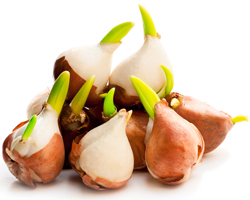
Prepare Your Spring Garden
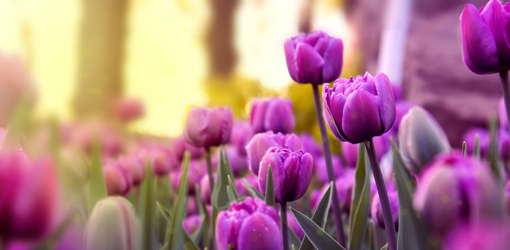
Bulbs
Bulbs have five major parts:
• The Basal Plate - roots formed on the bottom
• Fleshy Scales - the primary storage tissue
• Tunic - the skin-like covering that protects the fleshy scales
• The Shoot - The developing flower and leaf buds
• Lateral Buds - develop into offsets
Examples: tulips, daffodils, hyacinths, and alliums.
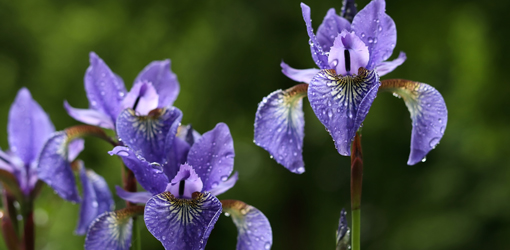
Rhizomes
Rhizomes grow horizontally under the surface of the soil. This type of plant can be invasive if not properly contained.
Tips: This plant is increased in the landscape by digging in the fall and removing pips with developed roots for replanting.
Examples: lily-of-the-valley and iris
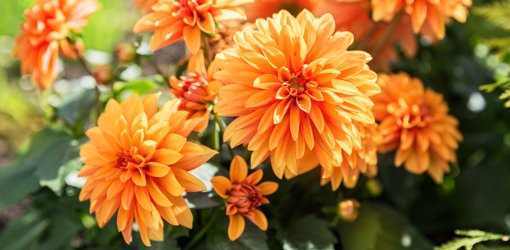
Tubers
Unlike a True Bulb or a Corm, Tubers do not have a basal plate or a Tunic Covering. The tuberous root differs from other root structures by the nutrient reserves being stored in an actual root instead of an enlarged stem.
Tips: The tuberous root of a dahlia should not be divided before placing in storage in the fall but should be divided at planting time.
Examples: caladiums, oxalis and anemones, and the potato.
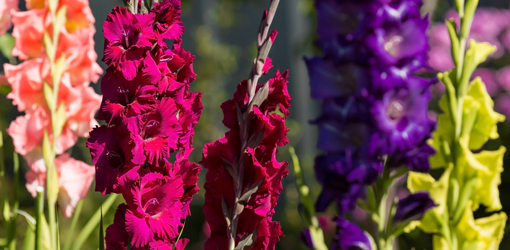
Corms
A Corm has a swollen stem base that is modified into a mass of storage tissue. It does not have visible storage rings when cut in half unlike a True Bulb.
Examples: gladiolus and crocus
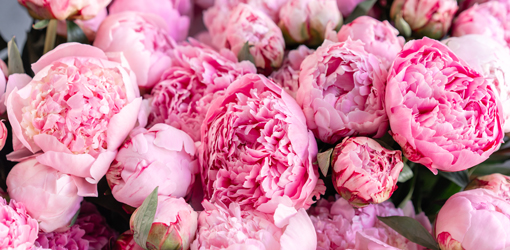
Fleshy Roots
Fleshy Roots store nutrient reserves in the fleshy roots. The leaves grow from a crown and the flowers form on leafless stems—called “scapes”.
Examples: peonies and daylilies

Bulb Planting & Care
Bulbs provide a good investment for money spent and supply years of spring color in your yard. Fall is the prime time for planting of hardy spring flowering bulbs. Most bulbs can be planted until the ground is frozen.
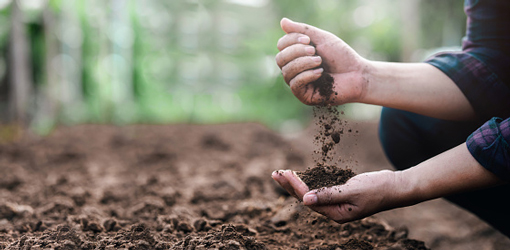
Preparing Soil
Properly preparing the soil for bulb planting is important. Good soil drainage is essential in raising bulbs. If you have a soil with a high clay content, it can be improved by adding compost, peat moss or some other source of organic material. The organic material should be worked in the top twelve inches of soil (eighteen inches is even better).
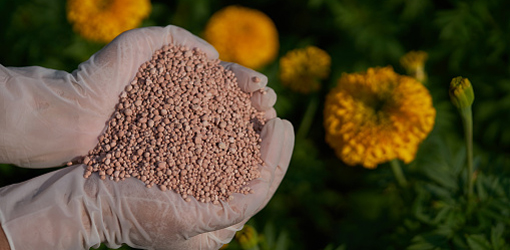
Fertilization
Both spring and summer bulbs need phosphorous to encourage root development. Keep in mind that phosphorous moves very little once applied to the soil. Some bulbs are planted 6 to 8 inches deep. The phosphorus needs to be mixed in the soil below where the bulbs will be located so it can be utilized by the bulb roots. Mix bonemeal or superphosphate with the soil in the lower part of the planting bed as it is being prepared.
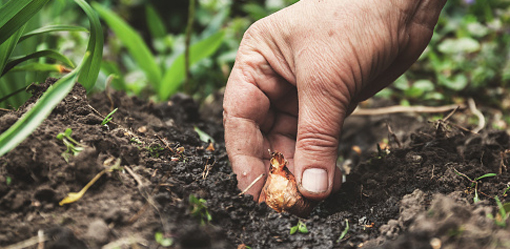
Planting Location
Before selecting the location to plant bulbs in the landscape, consider the light requirements of the plant. Does the plant require full sunshine, partial shade or full shade? Since early spring bulbs bloom before most trees or shrubs leaf out, they can successfully be planted under trees and shrubs. Many summer blooming bulbs require full sun or partial shade.
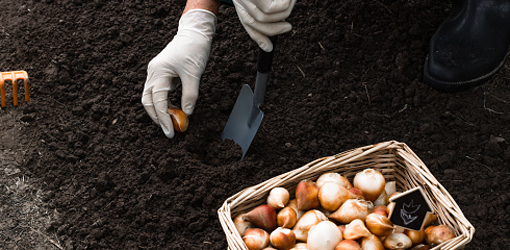
Planting Depth
The general rule of thumb for planting spring bulbs is to plant two to three times as deep as the bulbs is tall. This means most large bulbs like tulips or daffodils will be planted about 8 inches deep while smaller bulbs will be planted 3-4 inches deep. Planting depth is measured from the bottom of the bulb.
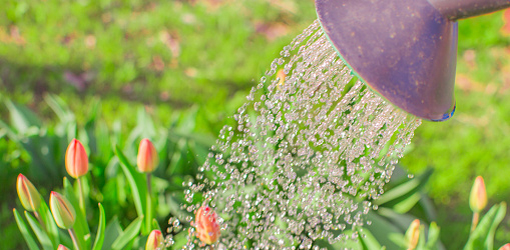
Watering Bulbs
Water the bulbs following planting. This will help settle the soil in the planting bed plus provide needed moisture for the bulbs to start rooting. Fall planted bulbs must root before cold weather. Avoid over-watering at planting time since this can result in bulb rot.
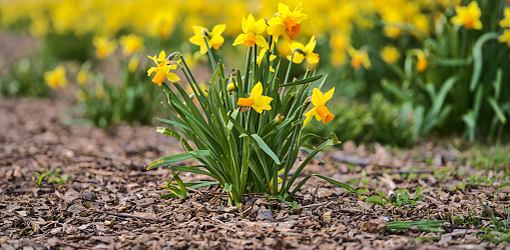
Mulching
The bulb bed should be covered with two or three inches of mulch. Mulch will help minimize temperature fluctuation and maintain an optimal moisture level in the planting bed. The small, early booming bulbs should not be mulched.

